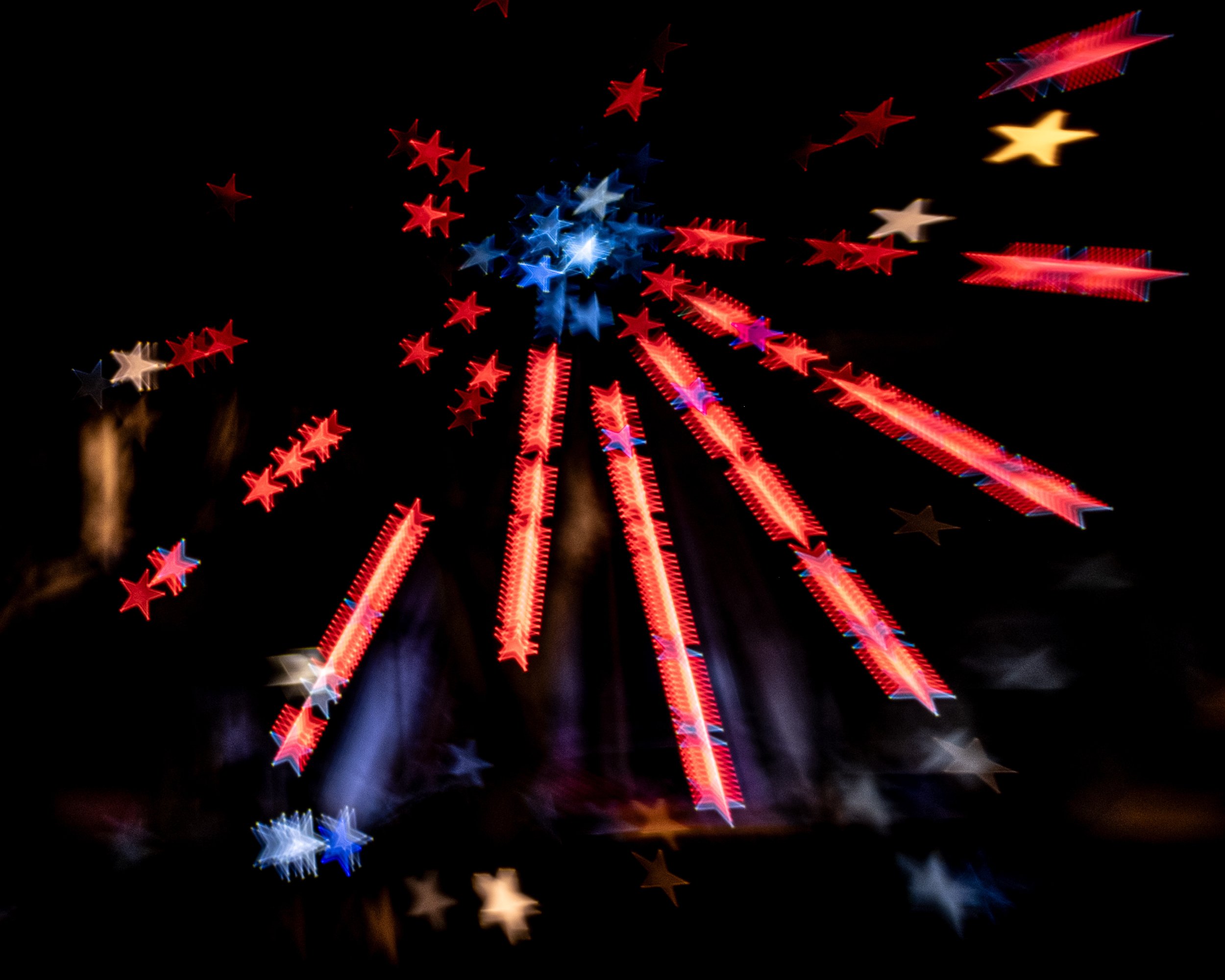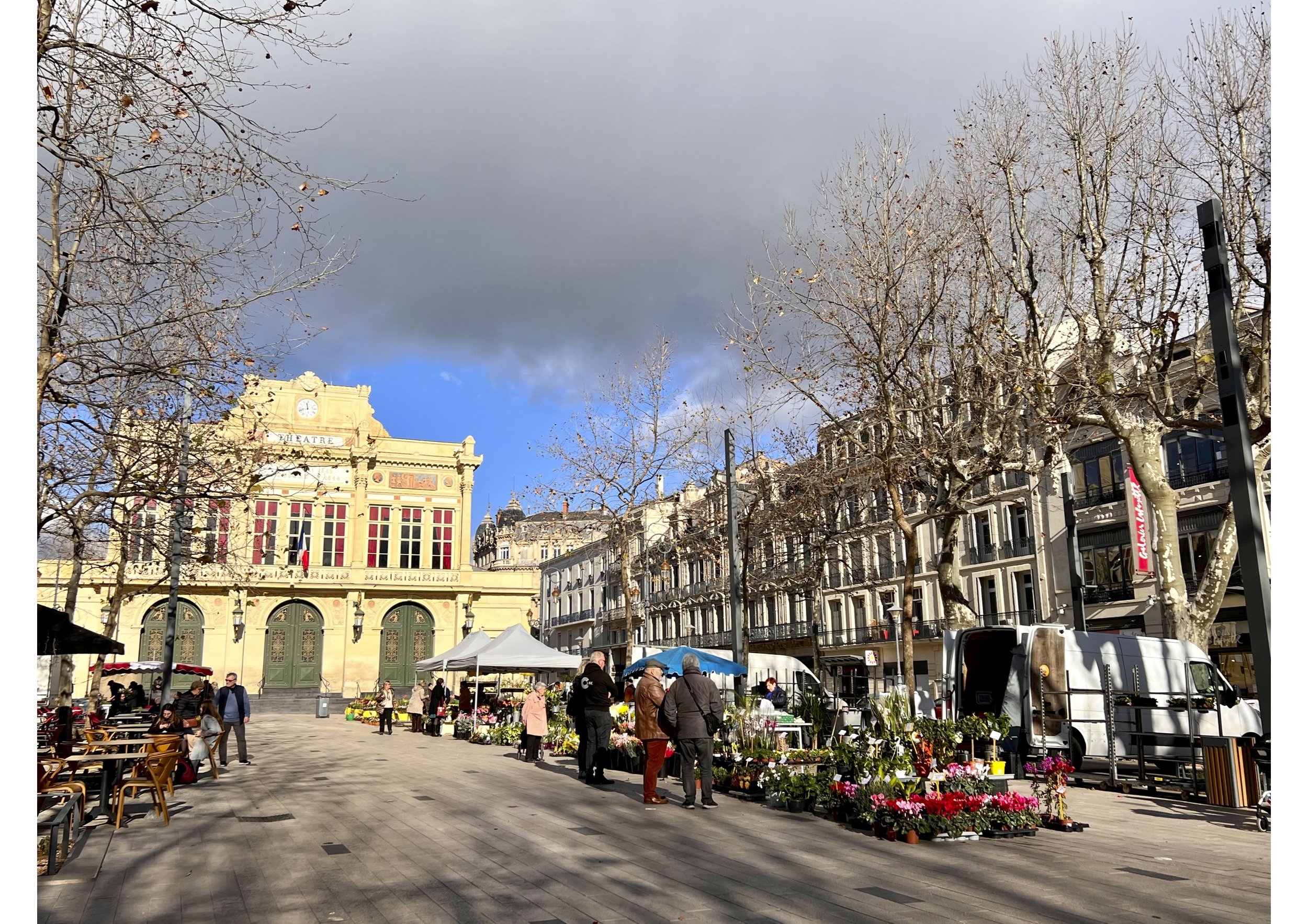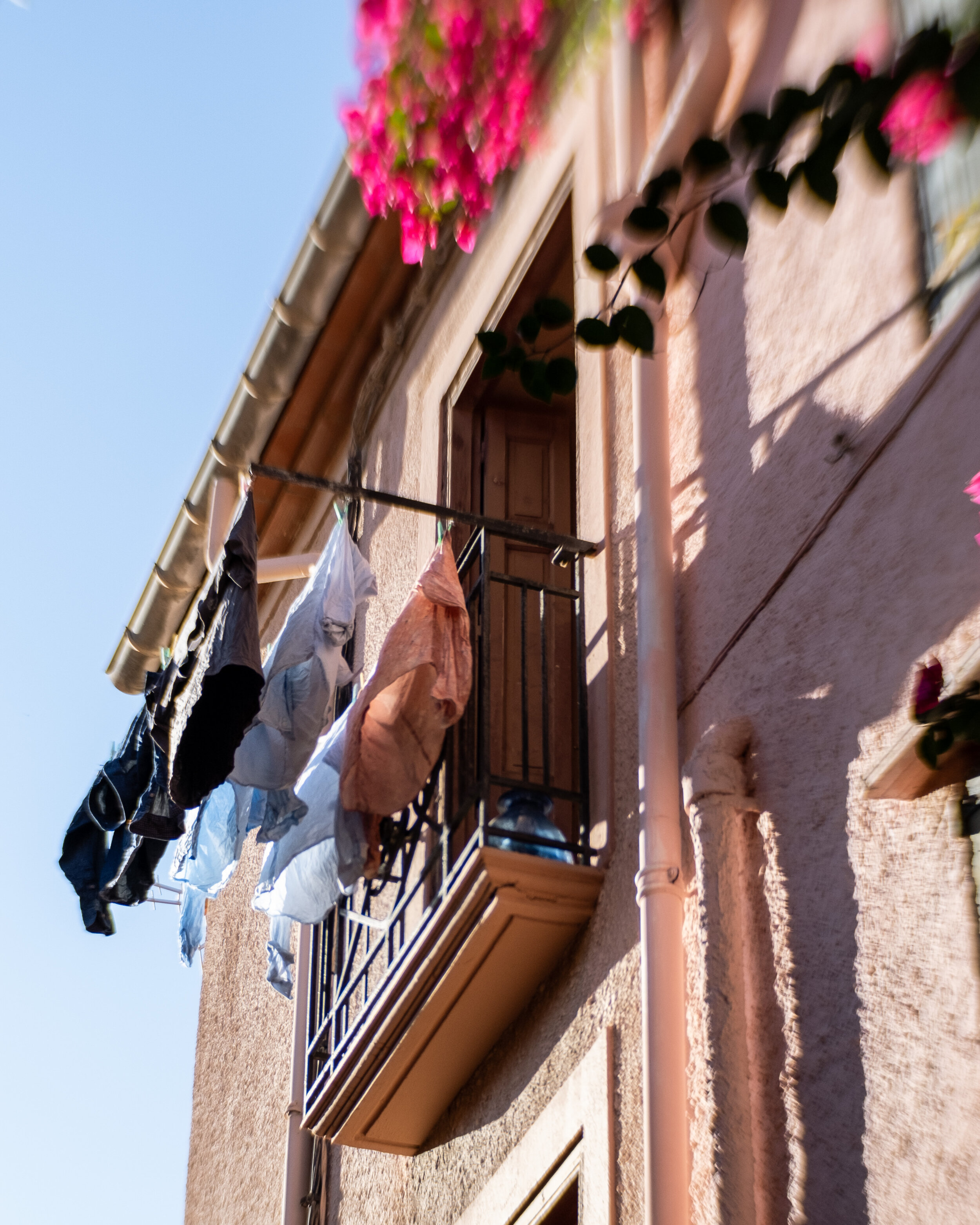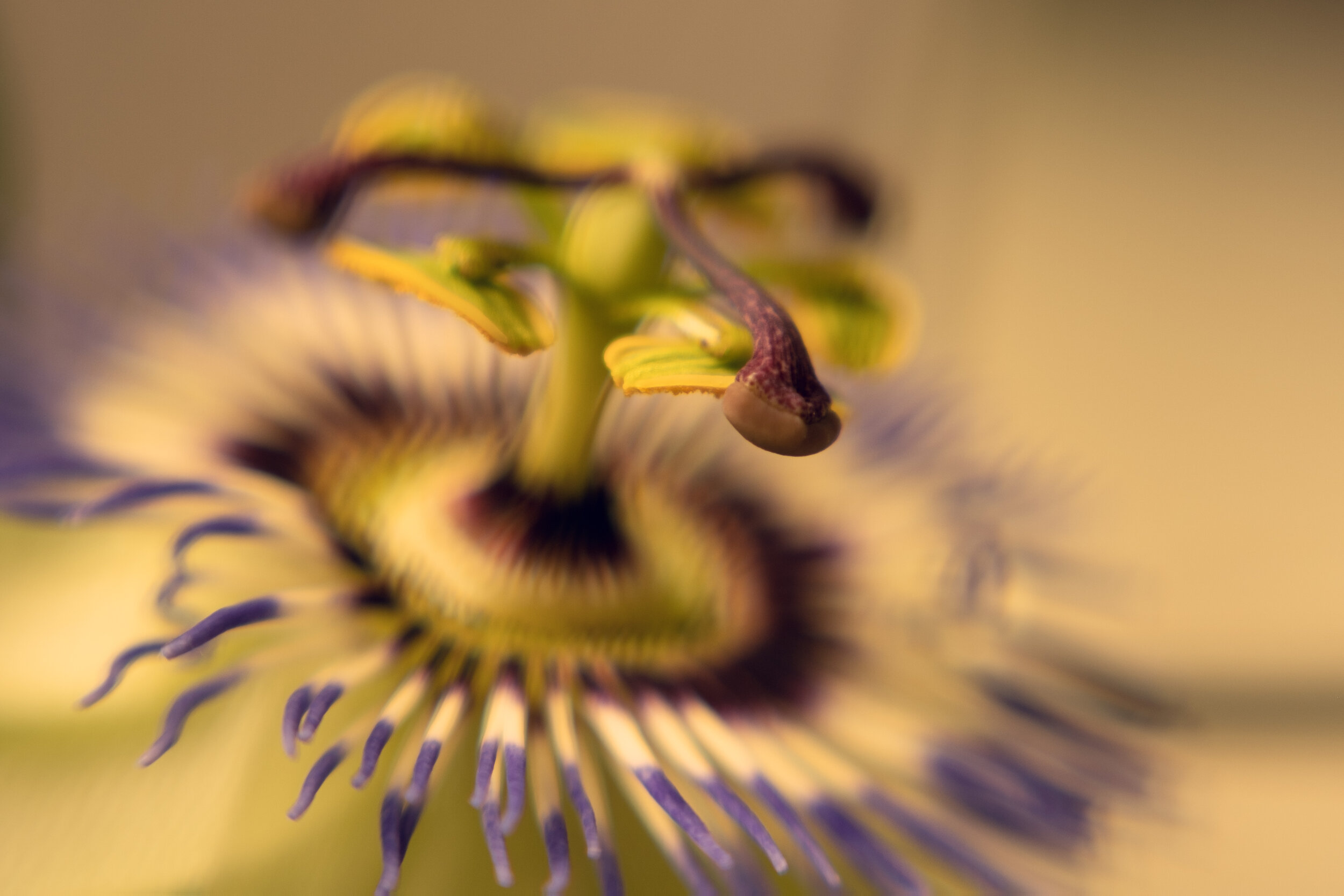It really irritates me when someone, seeing my images for the first time, says oh you must have a good lens - followed by - do you use photoshop? Maybe I’m intolerant but inwardly I bristle!
Lensbaby Velvet 56
Of course I use software to tweak my images but I don’t ever take a bad image into LR or PS. I didn’t cheat in my latin exam, back in the day, why would I cheat with my photography?
I love, love, love being creative - I am known primarily for my macro work but I enjoy all genres of photography - street, architecture, sport, travel - you name it! When travelling with my camera I become delirious, almost off the scale happy! And I save a fortune because I’m not interested in shopping - i just want to take my camera to see people, architecture, culture.
Lensbaby Sol 45
A side to photography which I love is the challenge - I see things with my unique eye and so my goal is to produce unique photos, with my ever-evolving style. Let’s not talk about the percentage of images which don’t work when I push myself out of my comfort zone - let’s talk about the images which do work, which make my heart palpitate! Taking myself out of my comfort zone incites my creative juices, but, more importantly - it is this very challenge which channels my growth.
Lensbaby Double Glass II with star bokeh filter
Really using my camera, its twiddly dials and my accessories (such as LB Omni and the Double Glass lens’ magnetic bokeh filters) takes me to another level. Some days I feel lazy and I just want to use a fixed aperture lens, auto ISO - and head off to see what I can achieve (Sol 45 is always a good go-to), but many a day……….. I want to push for the extraordinary! Trust me, it doesn’t always happen, but I know that if I try, at some point it will work. And the more I try, the more often my reflexes reward me and I see the beauty in ordinary things: the fish market, a music console and I even get excited by what I can achieve with my LB Double Glass focused on the cars’ break lights!
Lensbaby Velvet 56 lens
And when my camera is not in my hand, I relax by watching photography videos on YouTube. I know, it’s like a maladie - but my Dr. said I’m fine, not to worry!! And it was on one of these videos that I came across LensBaby - that was just 2 years ago and life has truly never been the same since. At the same time I changed to a mirrorless camera - which is not really relevant except that my camera, forever with me, is lighter these days.
Lensbaby Double Glass II with star bokeh filter
Talking of lighter - the LB Trio Lens has done more for me than my osteopath ever could! I can venture out, just with the Trio lens and voila, I have the Twist, Velvet and Sweet at my finger tips. This, I can tell you, has been a game changer for my street and travel projects. Aside from the reduced weight, when I’m rushing out of the door, I don’t lose time troubling over which lenses to slide into my bag.
Already in love with all of my LB lenses, this month I bought the Double Glass optic - oh wow! The paperwork on my desk is going to have to wait because I just can’t stop playing with this lens and its magnetic bokeh blades. Even the first day with the lens, the magnetic bokeh disk in place, and a string of fairy lights- nothing else, I started to achieve magic - OK so the images weren’t extraordinary, but they did demonstrate the creative potential. Then I took the lens out with me and even car brake lights were suddenly a creative opportunity.
Lensbaby Double Glass II with heart bokeh filter
You can certainly achieve perfect images with LB, as you can with a million other lenses, but my aim is to make my images touch me, excite me, and hopefully this intent will lead my images to touch others too- and how the LB lenses fuel my creative DNA like they’ve never been fuelled before. With them I am starting to achieve art that really comes from my soul. Who wants perfection when we can have magic?
Lensbaby Double Glass II with star bokeh filter
Lensbaby lenses are created to satisfy your creativity, to fill your soul and to assist in your visual intent. From the outset you’ll take crazy creative, beautiful images but their scope is so great that you will be hooked and you will push yourself to further realise your potential and the of the lenses. We are so privileged to live in the digital age: there’s nothing stopping us from practicing: experiment, shoot and advance - in every sense!
So if you’re as touchy, touchy, as me, I suggest those around you don’t suggest that it’s all down to the lens. We fellow passionate photographers know the truth 😝
📷 Don’t forget that if you want to be notified of new blog posts or you have a question for me, all you need to do is go to my contact page, insert your email address and either write BLOG in the message section or put your question to me - then click send. It’s important to include your email address. If you are already subscribed maybe recommend the blog to a friend.
Thank you for your interest and let’s see what we can learn together.












































































